
It feels like the past year was one of reassessment. In fact, the prefix ‘re’ seems to be popping up in project descriptions and initiatives the world over, with architects rethinking, restructuring, refitting and reimagining, aiming to restore, rebalance and renew the built environment and the way we live. Perhaps this is nothing new and indeed the entire purpose of architecture – to transform lives. Or perhaps this is felt more acutely now than ever, as big, ongoing debates on critical global topics (sustainability, equality, inclusion) and dramatic recent world events (pandemic, war and political turbulence) have sparked an urge in us all to hit refresh.
An overarching need for repair and reinvention is sparking simultaneously a speeding up and a slowing down of action on various fronts, as signalled in some key new projects that are primed to set the mood for 2025 – as part of an era of powerful, yet gentle statements.
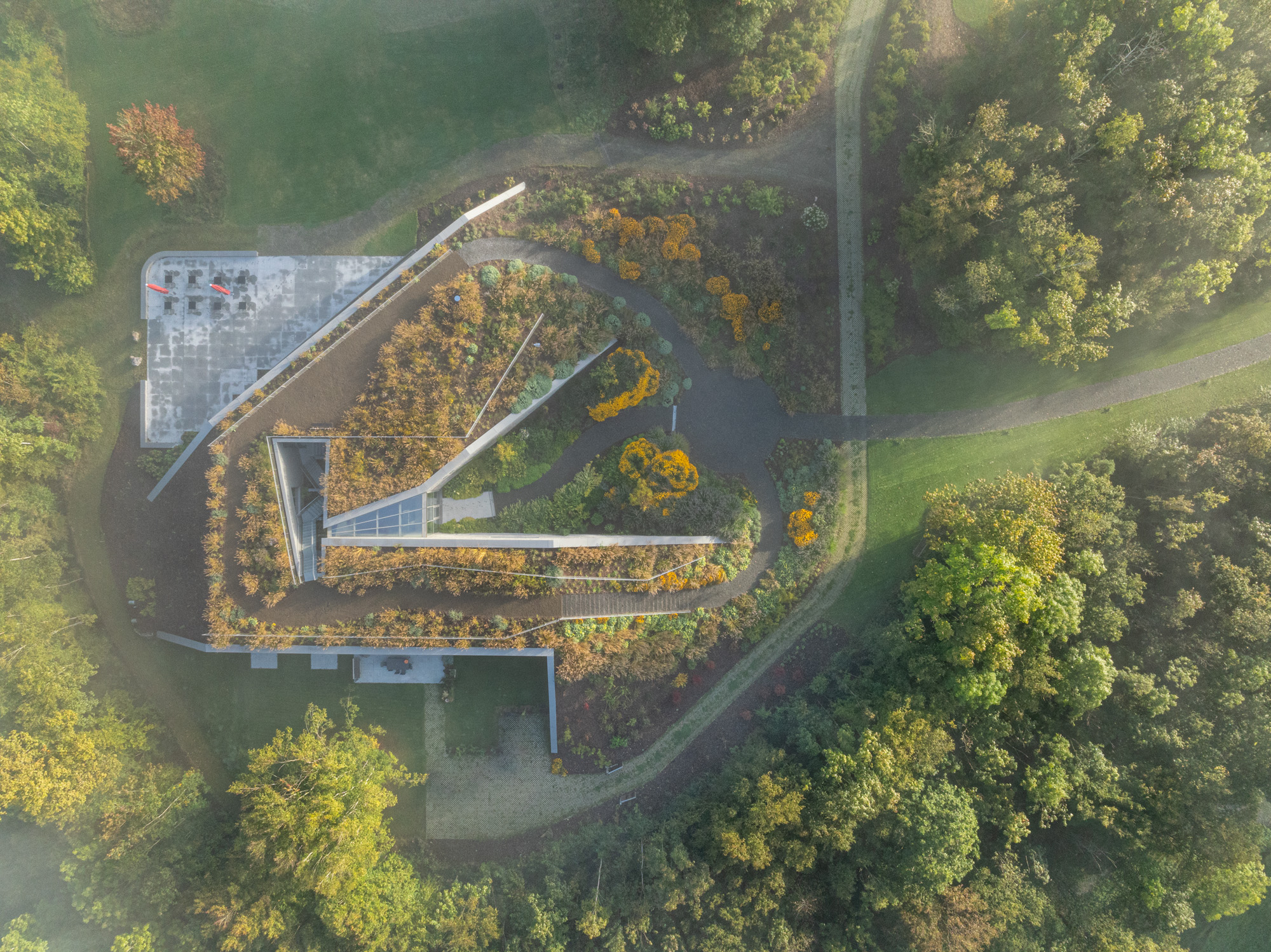
We delve into what defined the 2025 Wallpaper* Architecture Awards
Wellbeing and restorative strategies are increasingly coming to the forefront of our efforts to nurture people, places, and souls. In this context, connecting with nature is steadily rising to the top of the priority list for many. For some, this might take the form of experiencing open spaces and the wild outdoors or seeking solitude and retreat, where one can focus on views, nature and oneself. Protecting and preserving said nature is an arm of this practice, boldly delivered through an entirely new arboretum in Belgium’s Marche-en-Famenne.
This trend can also bring out the desire to escape; here holiday homes, from the archetypal, simple cabin to more luxurious, contemporary guest houses, have always had this allure, often used as shorthand for the desire to leave the world’s problems behind and go into cocoon mode to refocus and hopefully, reach inspired solutions. Few projects embody this sentiment better than Halifax architect Brian MacKay-Lyons’ El Aleph, a building that is ‘silent, but with more to say’ on the ragged Canadian coast.
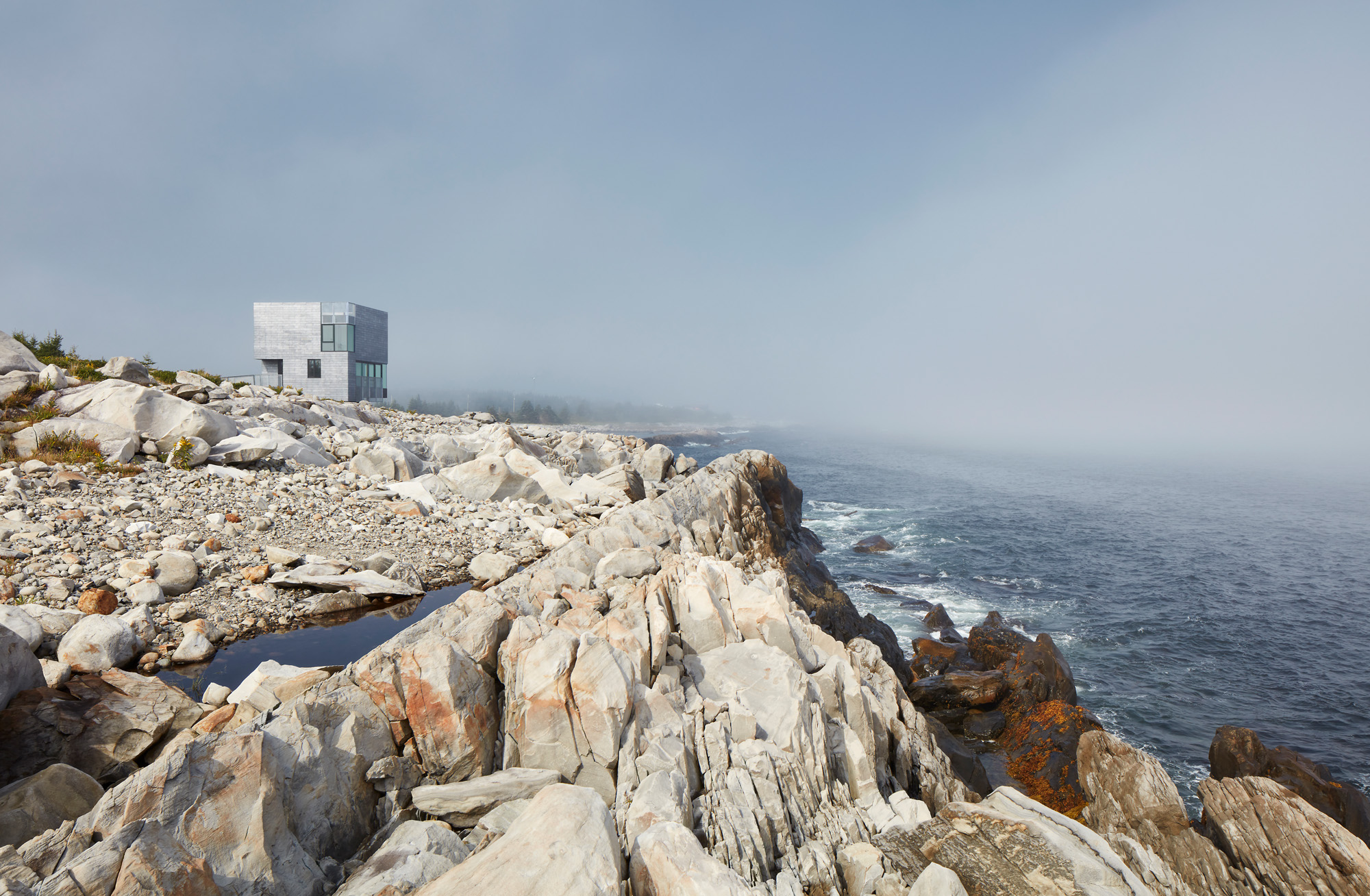
Of course, it would be naive to suggest that we should all forego the buzz of urban living and become solitary nature explorers. Cities and their myriad offerings present a different kind of ecosystem but one that’s equally important to develop and grow, blending the urban condition’s multiple layers and facets, while prioritising residents’ (human and otherwise) well-being.
Pausing to breathe and sync with the elements can happen here too, and doing so is not a mere ‘bonus’ any longer – but a necessity. The case of Rotterdam, The Netherlands’ second largest metropolitan area (but at a couple of million, still relatively small, compared to the world’s megalopolises) brings an interesting and refreshing approach to the global stage. How can this industrial, modern, growing city incorporate sustainable attitudes and intentions? The answer seems to be through several initiatives, all happening simultaneously, taking action at different scales while playing the long game.
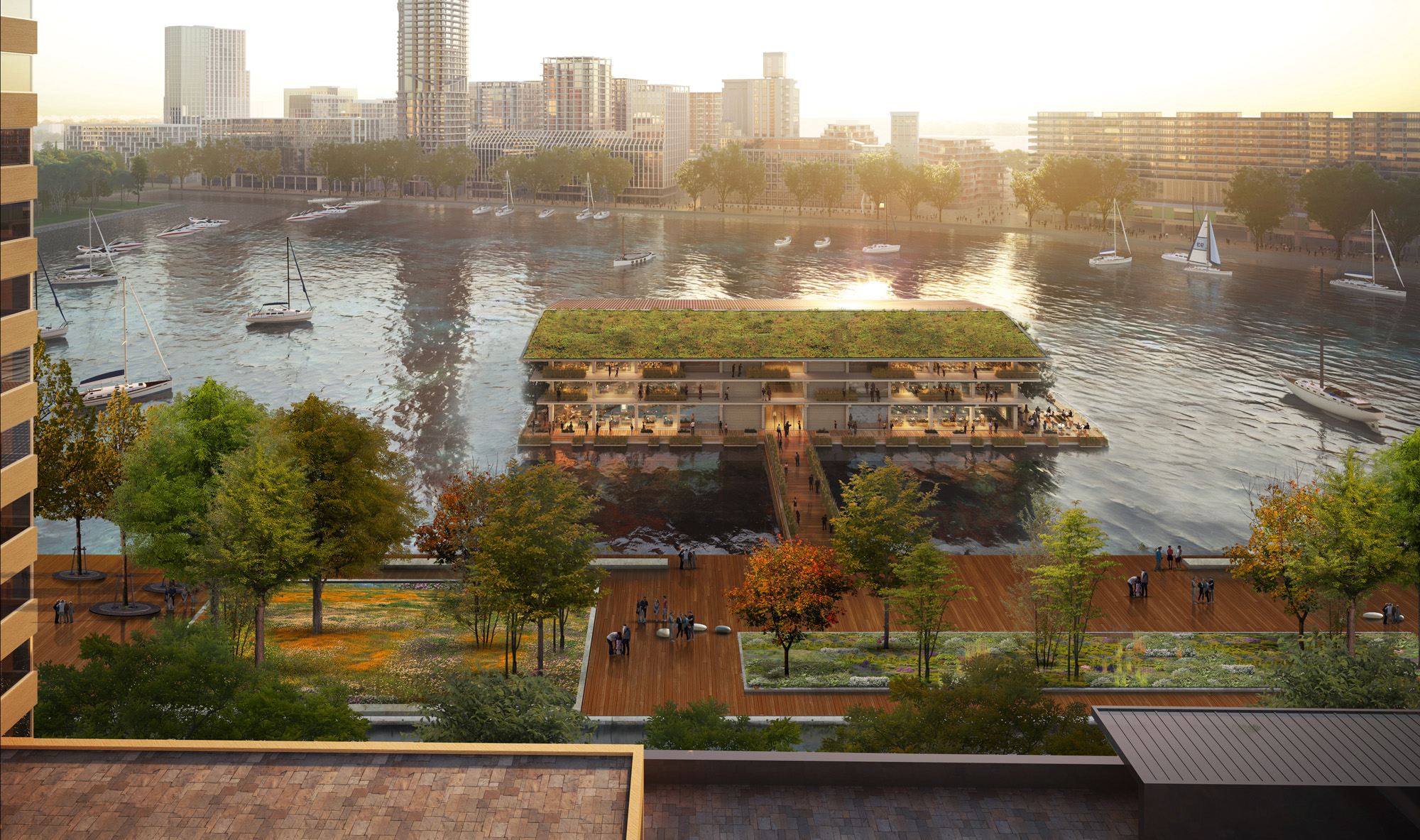
This rethinking of our built environment also translates to the smaller scale and existing buildings. Our rich legacy of 20th-century treasures, many of which are now steadily becoming in urgent need of a refresh, is an interesting topic to explore in this light. What does the legacy of modernism mean for the 21st century, and where does it fit into our current needs and wider zeitgeist? We certainly do not need to reject the past altogether – but rather, make it work in a way that responds to the needs of today.
Helsinki’s Finlandia Hall, a listed, landmark project by Finnish modernist Alvar Aalto, responds to this with a dramatic restoration – yet a subtle one, which you may not even notice if you are simply walking past it. Opening in January 2025, the building has been delicately transformed in its accessibility and energy efficiency, while painstakingly and faithfully updating the monument’s fabric where needed.
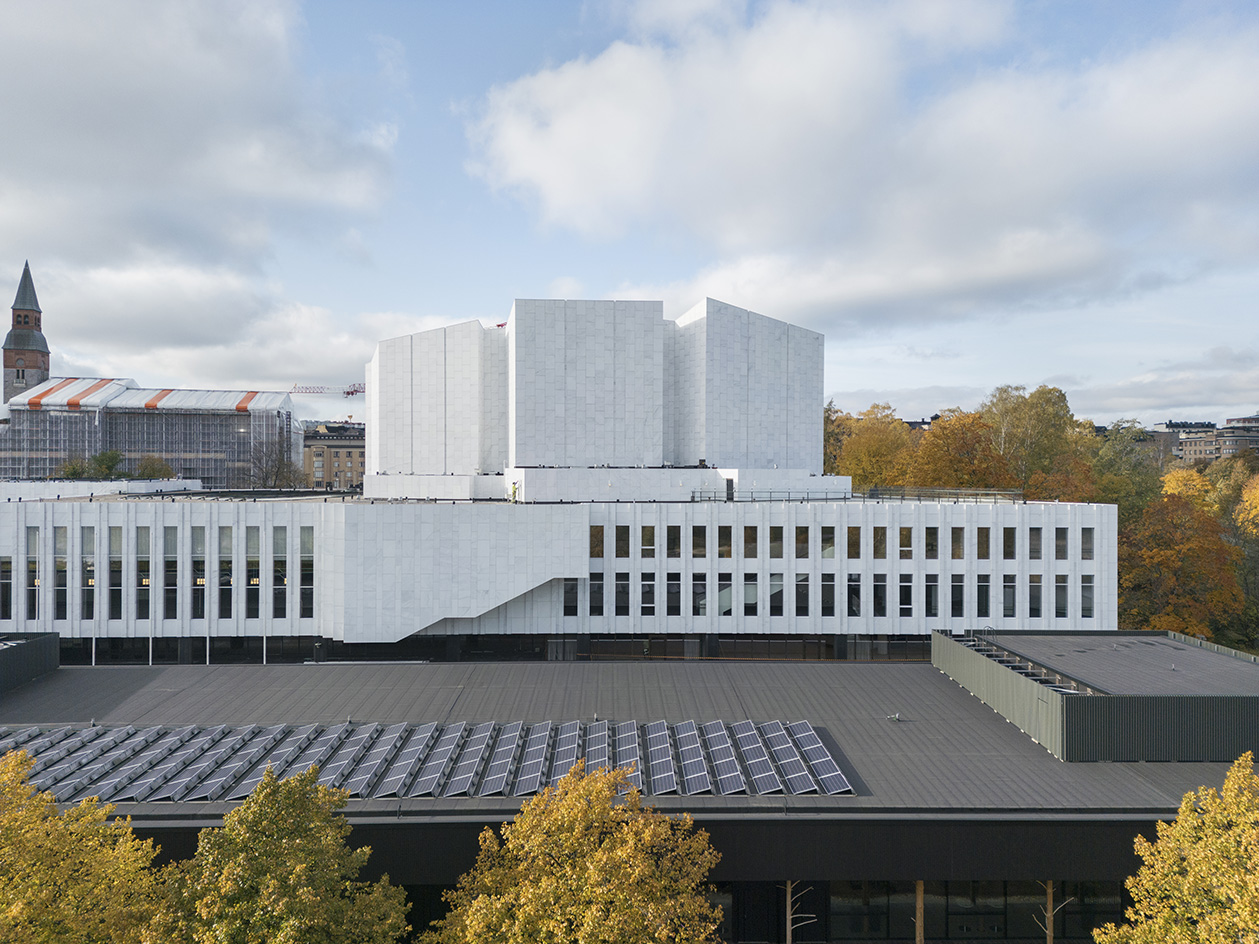
Meanwhile, tackling the other end of the spectrum of the life of a building, Limbo Accra has launched its first physical museum in the Ghanaian capital tasked with examining the African continent’s unfinished buildings, what they mean, and the role of these ‘ruins’ in our cities.
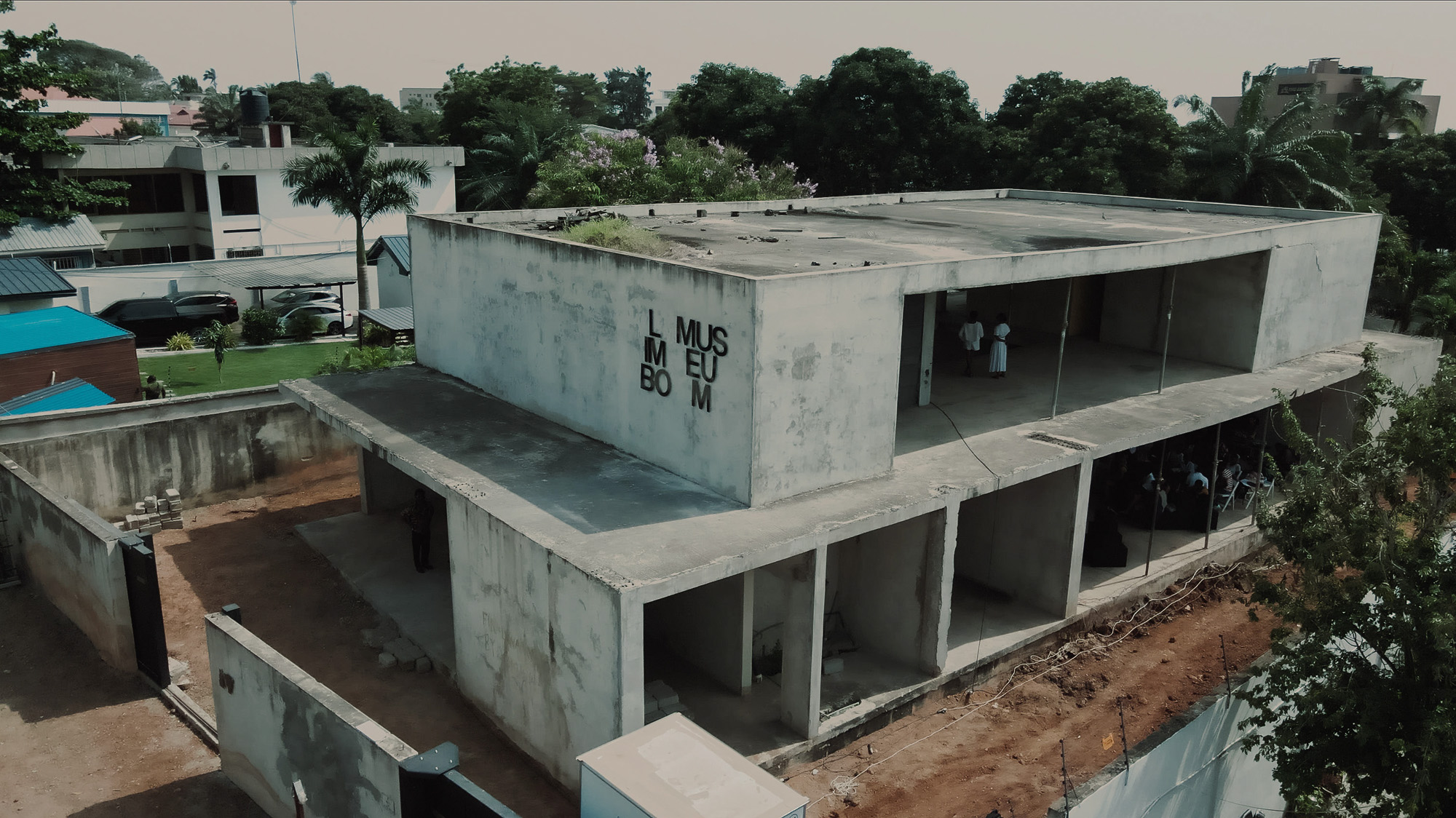
Architecture is a notoriously slow-moving beast, but if these projects are any indication, there is plenty to be hopeful about for 2025. And there’s plenty to be looking out for too, as after a pandemic lull, a slew of key new cultural openings are now on the horizon for the new year – including (but not limited to) the Yale Centre of British Arts’ reopening post-restoration in New Haven; the Tselinny Center of Contemporary Culture by Asif Khan in Almaty, Kazakhstan; the Frick Collection’s reimagining by Selldorf Architects in New York; the 2025 Expo Osaka; ; and Jean Nouvel’s new Fondation Cartier in Paris.
At the same time, the human dynamic seems to be changing too, thanks to digital technology. As architect and academic Lesley Lokko puts it in her essay about taking stock and looking forward to the next year, ‘newer, younger, “other” voices are bursting onto the scene and there is a generosity in the cultural zeitgeist that I find really inspiring.’ To move forward, this injection of fresh thinking is just what we need.
Best Modernist Revival
Finlandia Hall, Helsinki, Finland
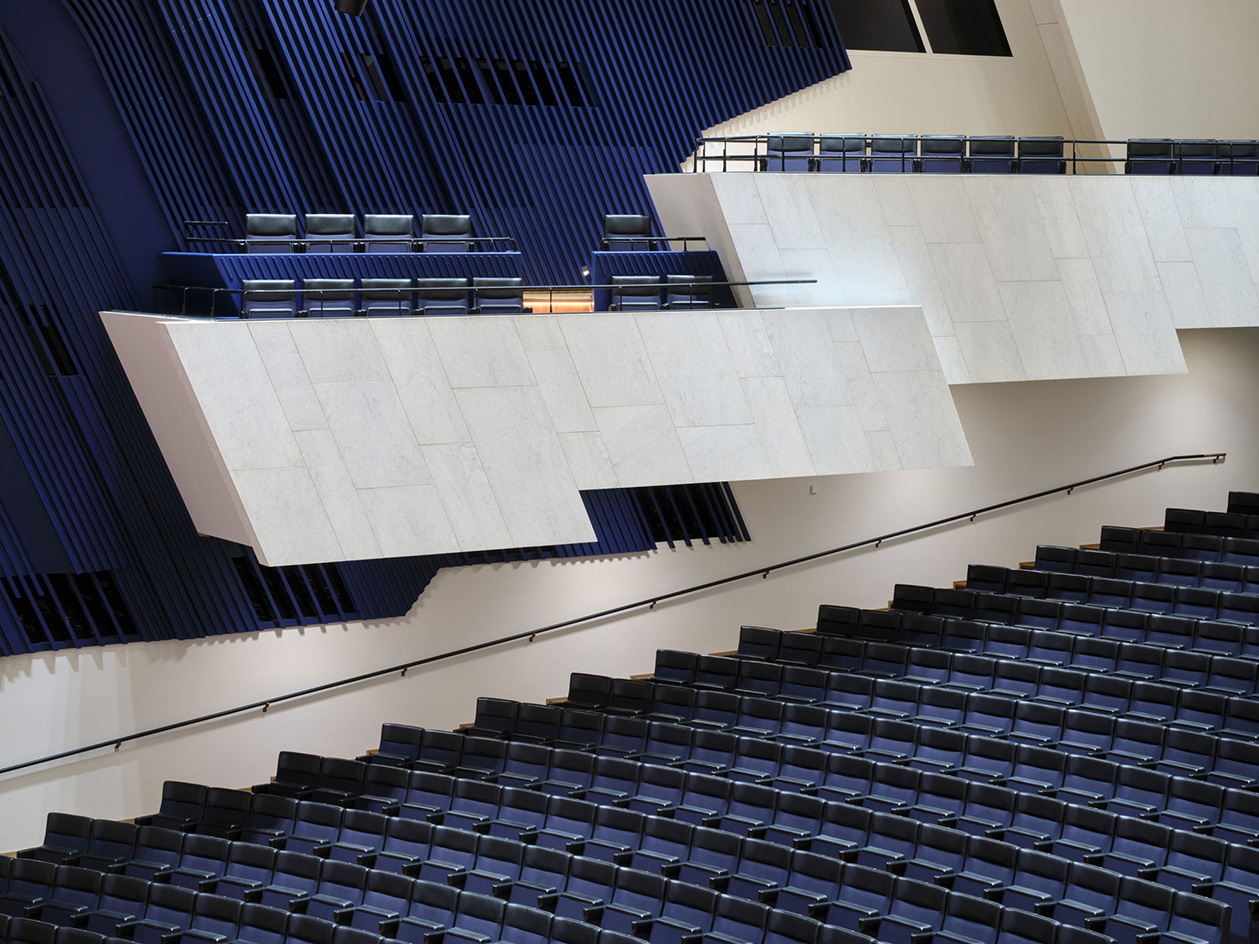
Modernist architecture master Alvar Aalto's design for Finlandia Hall, a large concert and congress venue in Helsinki’s Töölö Bay, was built in 1971. It has since become a landmark, not only for its architect’s oeuvre but also for the city and Finland’s wider cultural scene. By 2019, nearly fifty years after its creation, Finlandia Hall was due a refresh. Now a listed monument and beloved city icon, Finlandia Hall has been refreshed by Arkkitehdit NRT, deeply yet delicately restoring its fabric and functions set to bring it to the 21st century.
Best Retreat
El Aleph Guest House by MacKay-Lyons Sweetapple, Canada
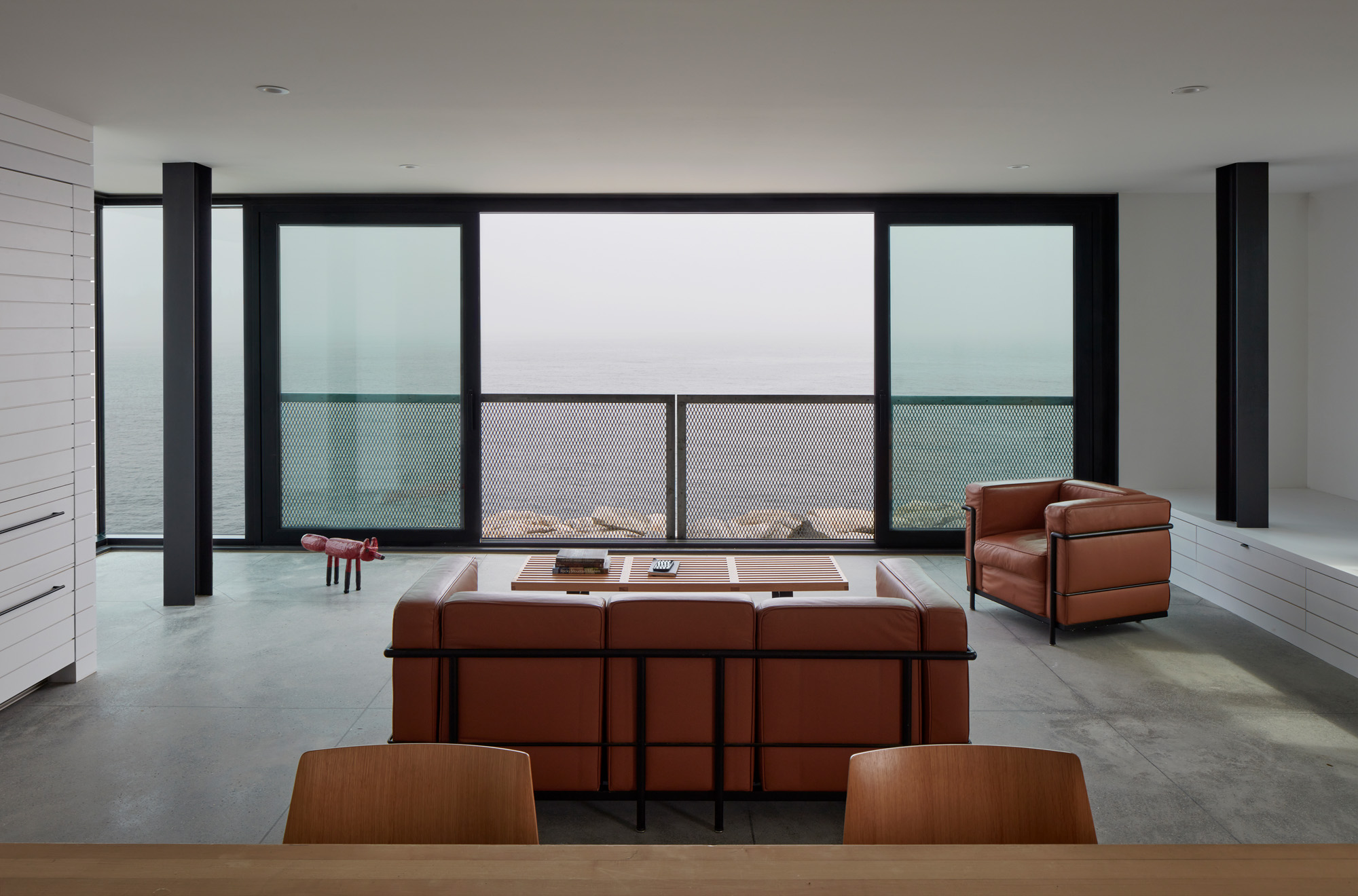
‘Elemental’ seems to be an understatement for El Aleph and its site, which feels mesmerizingly wild and open to the weather. The project was a perfect fit for MacKay-Lyons, whose studio is known for crafting quiet buildings with a strong presence and a story to tell. ‘When you’re there, it feels like you’re alone in the world,’ says the architect. ‘You can see the other structures but it’s a long journey from anywhere, it’s remote and dangerous, as well as spiritual, so it’s the perfect place to feel the solitude and be in tune with nature.’
Best Urban Rethink
Rotterdam, The Netherlands
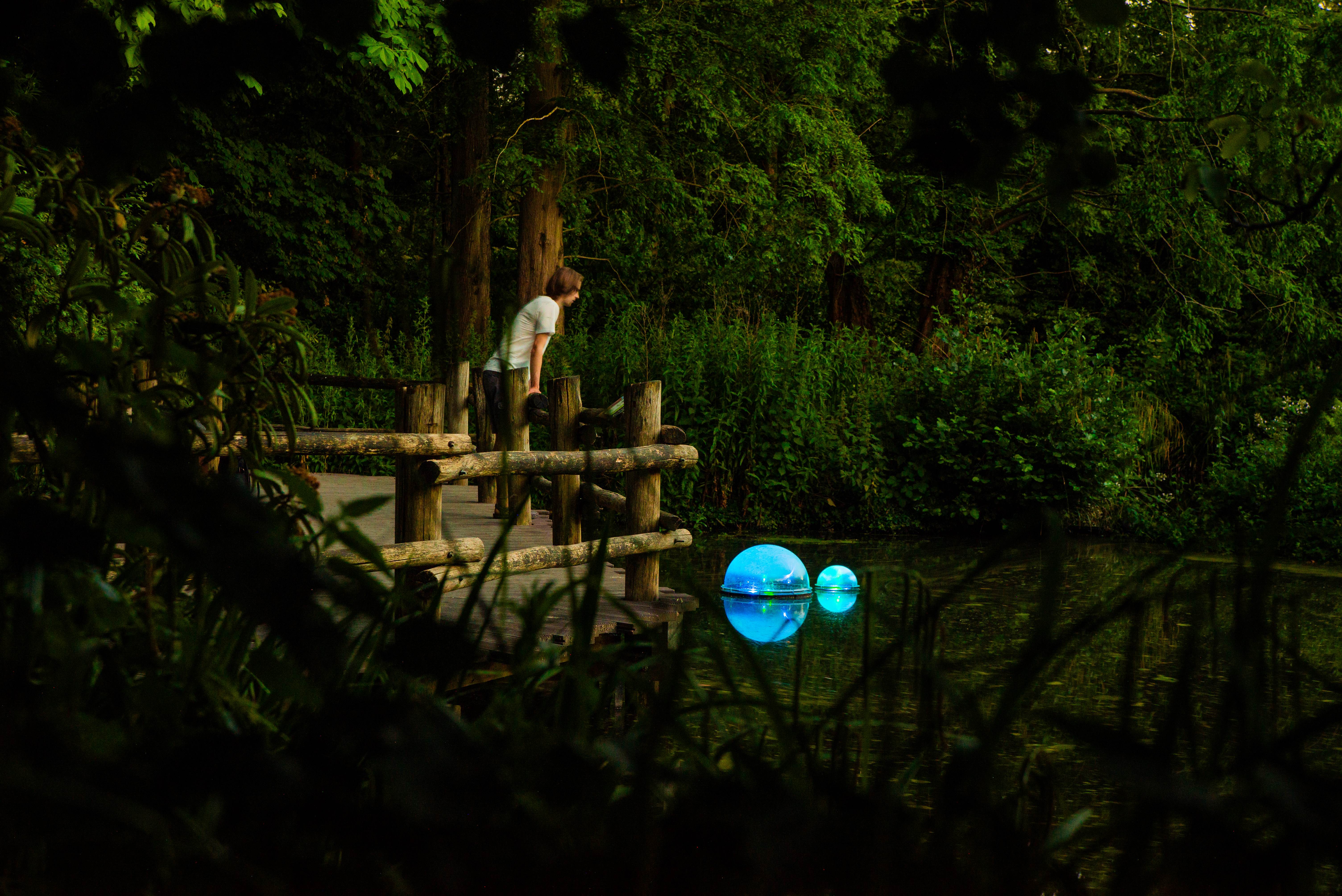
Rotterdam has been changing, responding to the worldwide climate emergency, its intense densification in the past 15 years, its location on the mouth of the River Rhine, and the gradual move of its enormous port to a site further outside its main urban core towards the sea. Now, a range of new initiatives and live projects prove that this extremely architecturally active city has sprung straight into action in the face of these difficulties. As part of the country’s recently announced ‘New Dutch’ movement, a platform that focuses on its 21st-century innovation, Rotterdam has generated a wealth of schemes that aim to safeguard the city’s longevity and health - both in terms of its urban fabric and inhabitants.
Best Landscape
Marche Arboretum, Belgium
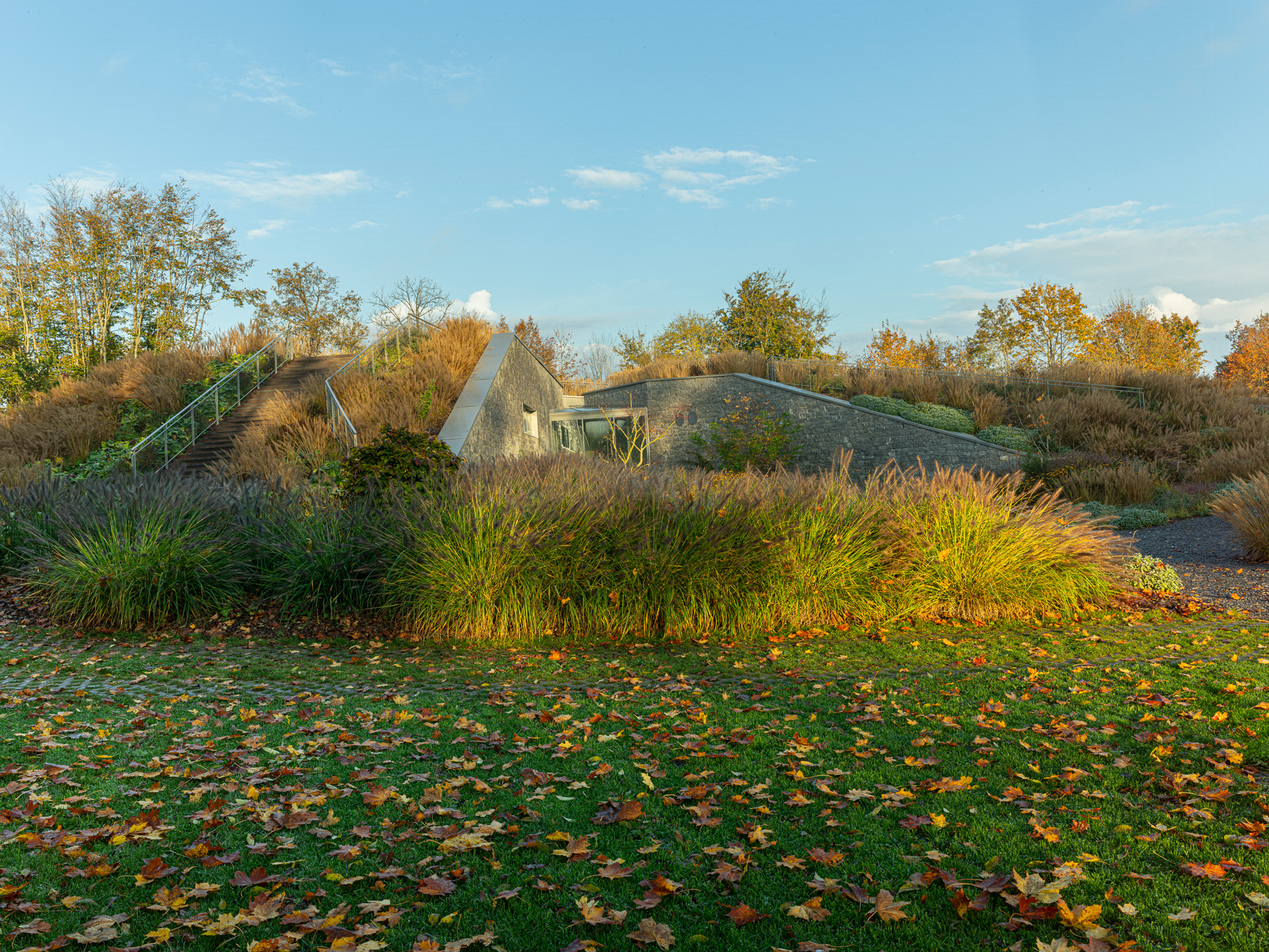
A new plant ‘museum’ has opened in Marche-en-Famenne, in the region of Wallonia. The site, which has been many years in the making, includes a new visitor centre by local studio AW architectes. Marche-en-Famenne is the second scheme of its kind initiated by businessman and dendrologist Philippe de Spoelberch, who started informally planting trees in his family estate in Wespelaar, Flanders in 1966. An extension to an initial 10ha in 1986 allowed him to further his collection. The entire 20-ha extension was donated in 2003 to a dedicated foundation, the Stichting Arboretum Wespelaar - which is now behind Marche Arboretum.
Best Architectural Legacy
Limbo Museum, Ghana
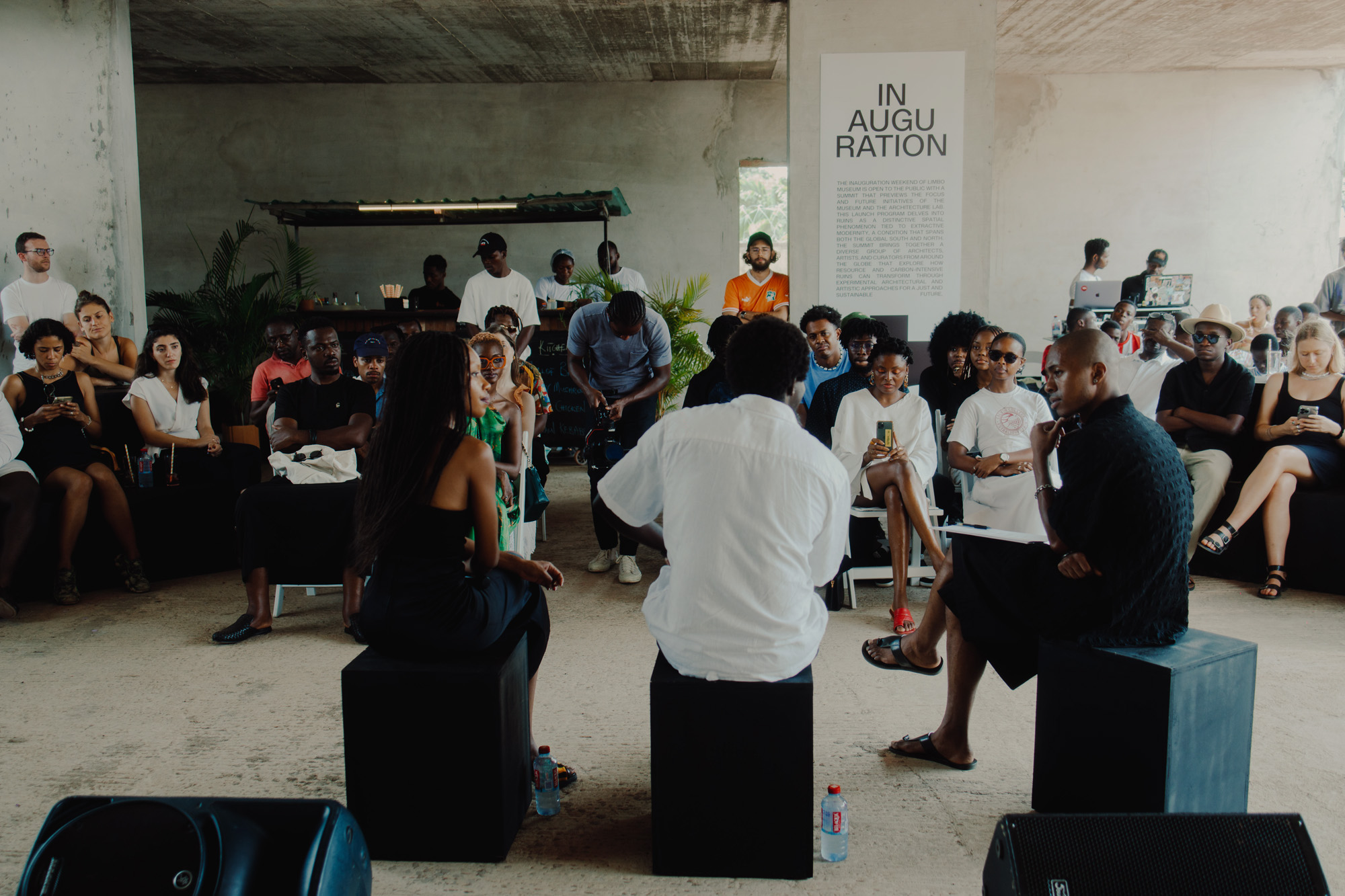
Limbo Accra’s transformative approach to architecture redefines what it means to engage with the built environment - and their latest project, Limbo Museum, has just opened in collaboration with curator Diallo Simon-Ponte and architect Lennart Wolff,. By repairing and reimagining unfinished spaces, the studio creates dynamic platforms for dialogue, creativity and community, resulting in a new legacy for overlooked structures. Ultimately, Limbo Accra’s work reminds us that within every building skeleton lies the potential for new beginnings.
All of the Wallpaper* Design Awards 2025 winners will be celebrated online over the coming month and are featured in full in the February 2025 issue of Wallpaper* , available in print on newsstands from 9 January 2025, on the Wallpaper* app on Apple iOS, and to subscribers of Apple News +. Subscribe to Wallpaper* today







